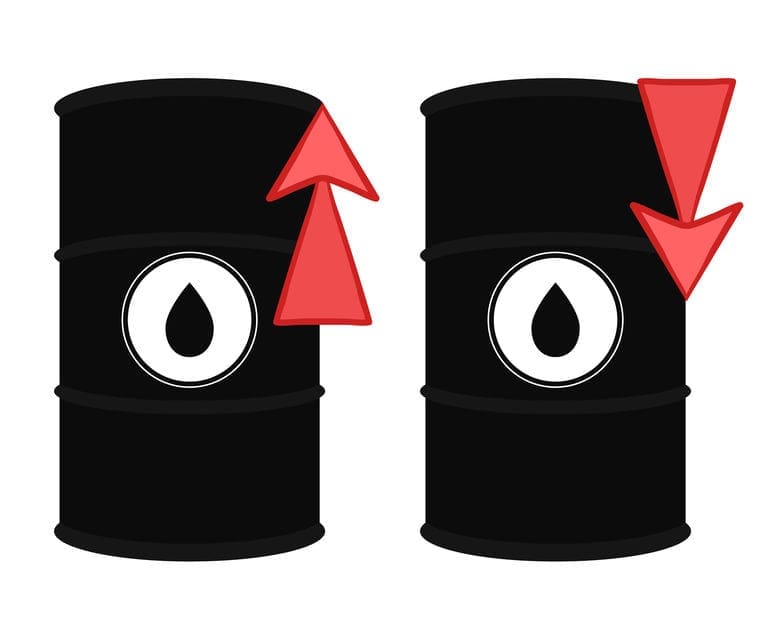Following the WTI price fall to around US$30 per barrel due to an oil price war between Saudi Arabia and Russia;
Adrian Lara, Oil and Gas Analyst at GlobalData, a leading data and analytics company, offers his view:
“There is no doubt the outlook is now quite difficult for indebted shale operators and although it is too early to say with accuracy which companies will be driven out of the game or into bankruptcy, the count will likely be more than in previous years. Oil break even prices for premium acreage can reach less than US$25 per barrel for some operators but once less productive acreage is included in a company’s position, the price needed to remain profitable is no less than US$40 per barrel.
“With the current WTI price at US$30 per barrel and with uncertainty around how much lower the price can be, drilling activity will be significantly reduced in the short term, ultimately reducing production. For the rest of 2020 operators are to rethink their development strategies in order to reduce expenditure and focus on their best productive acreage.
“Indeed, from a micro perspective things are looking quite difficult and there will certainly be losing companies, however from a macro perspective, the U.S. shale supply has proved that not only it rebalances as needed, but that the producers that remain tend to improve their game. This is due to the dynamism of the unconventional sector in the U.S. where this type of external shock is spread over many players that also include the many equipment and services companies. Operators tend to demand lower prices for services hired and this helps to mitigate the negative impact.
“There is no doubt that the USL48 operators are now more challenged to manage their debt and stabilize their free cash flow, however, they can always find the way to adjust to the new reality by a mix of increasing cost efficiencies, improved technology or mergers and acquisitions (M&A) consolidation. More importantly, with available undeveloped acreage and with many operators in the U.S., shale supply won’t go away any time soon, so whenever prices stabilize and move upwards operators’ growth can resume relatively quickly.”
Oil and gas operations are commonly found in remote locations far from company headquarters. Now, it's possible to monitor pump operations, collate and analyze seismic data, and track employees around the world from almost anywhere. Whether employees are in the office or in the field, the internet and related applications enable a greater multidirectional flow of information – and control – than ever before.











